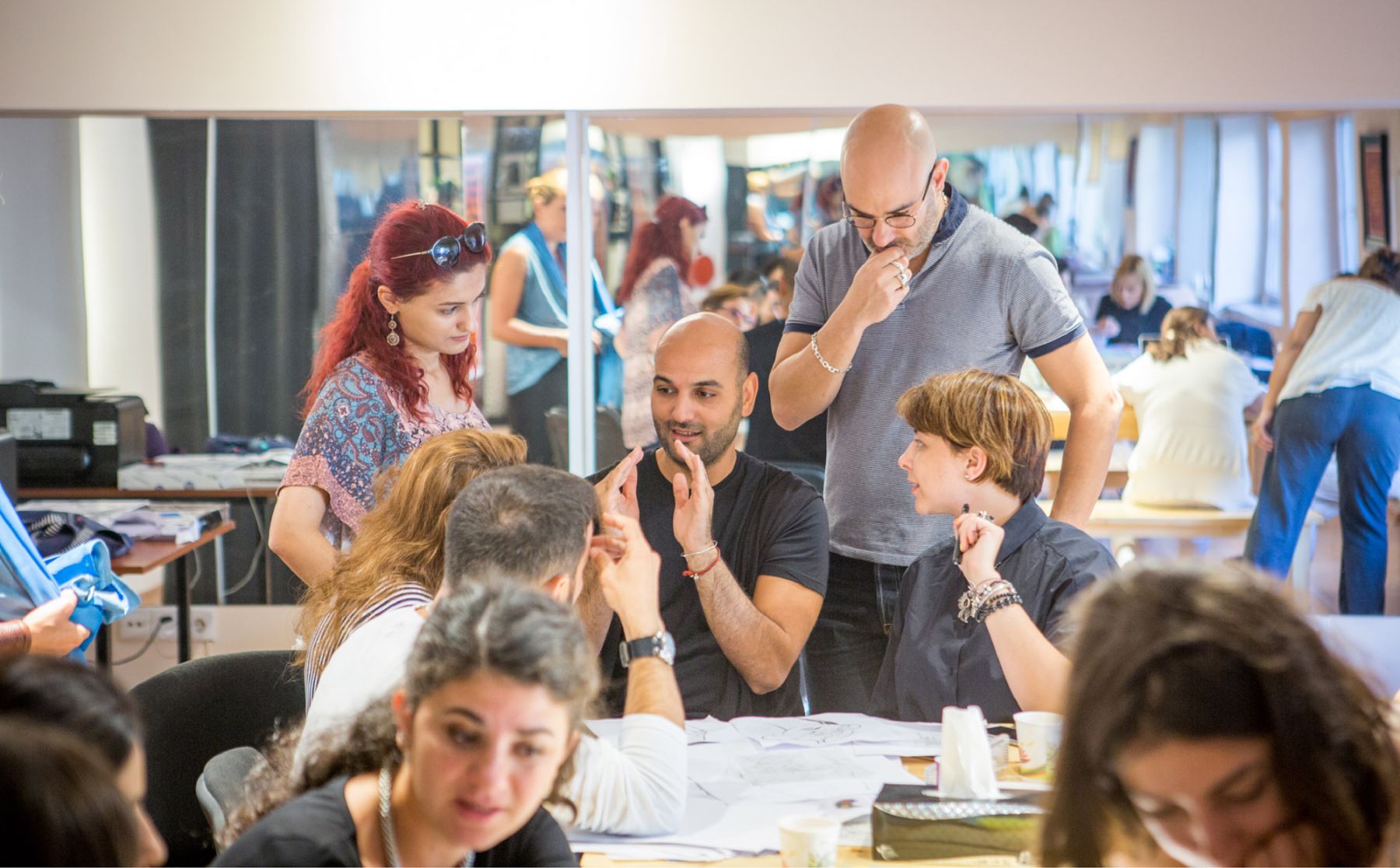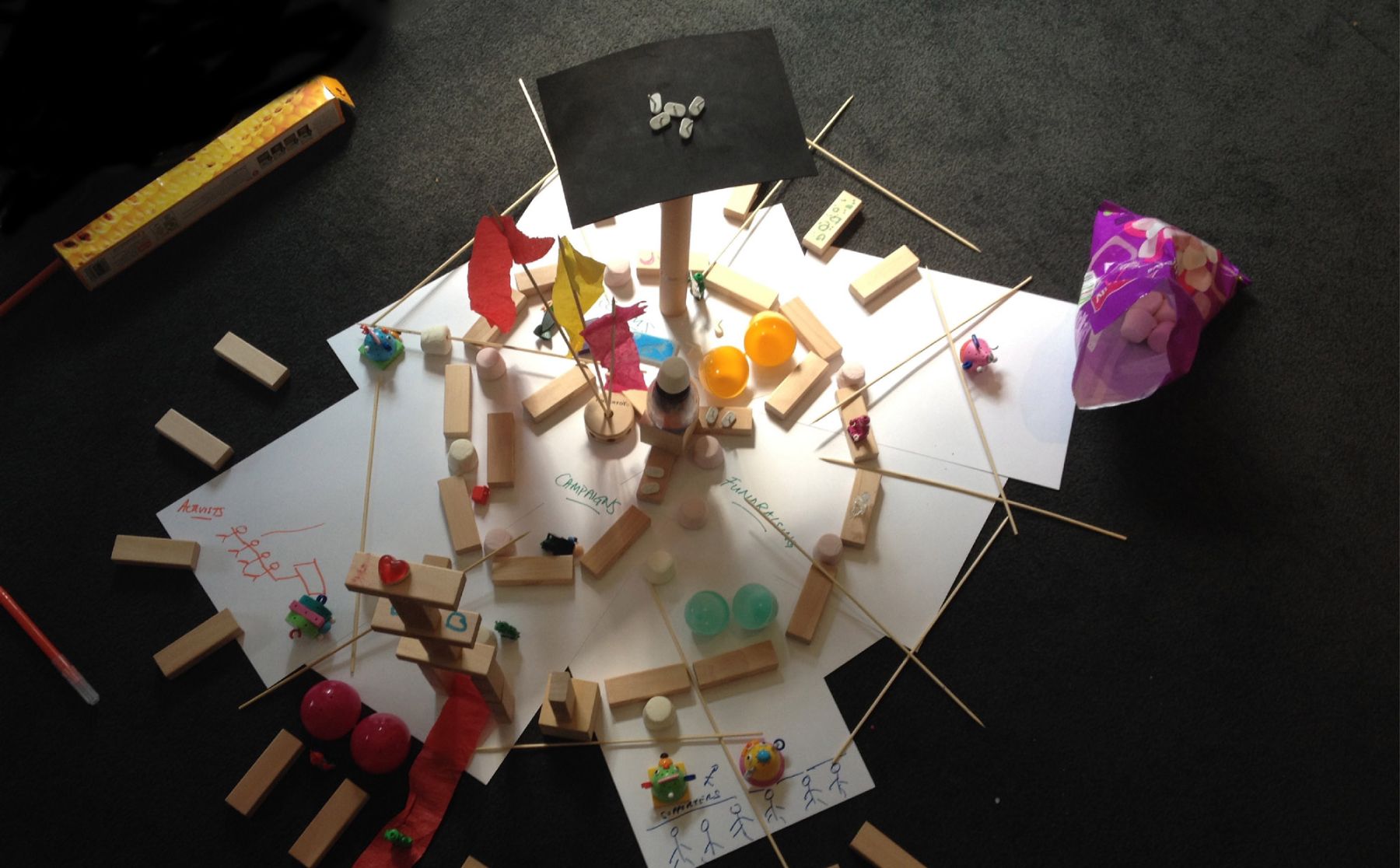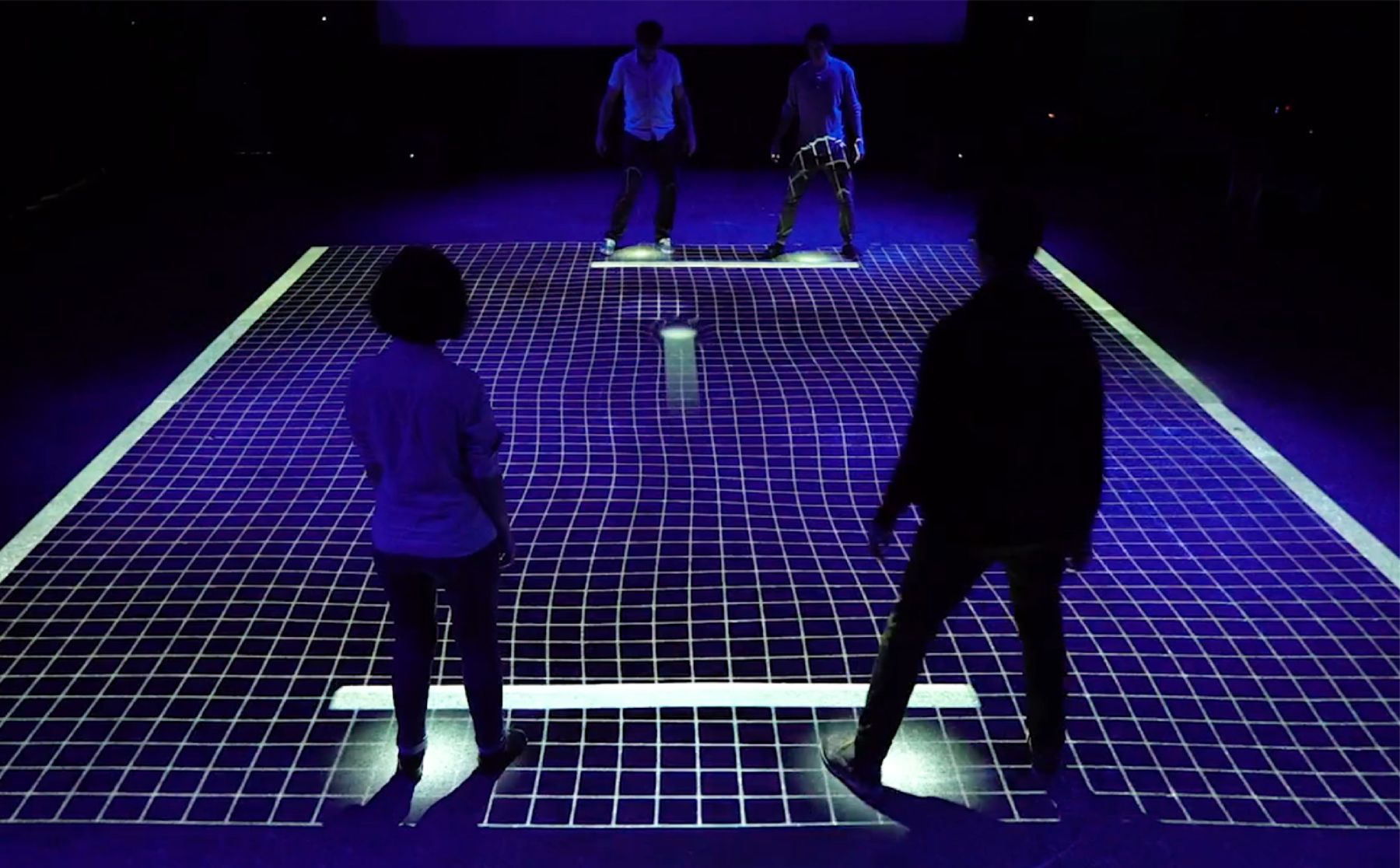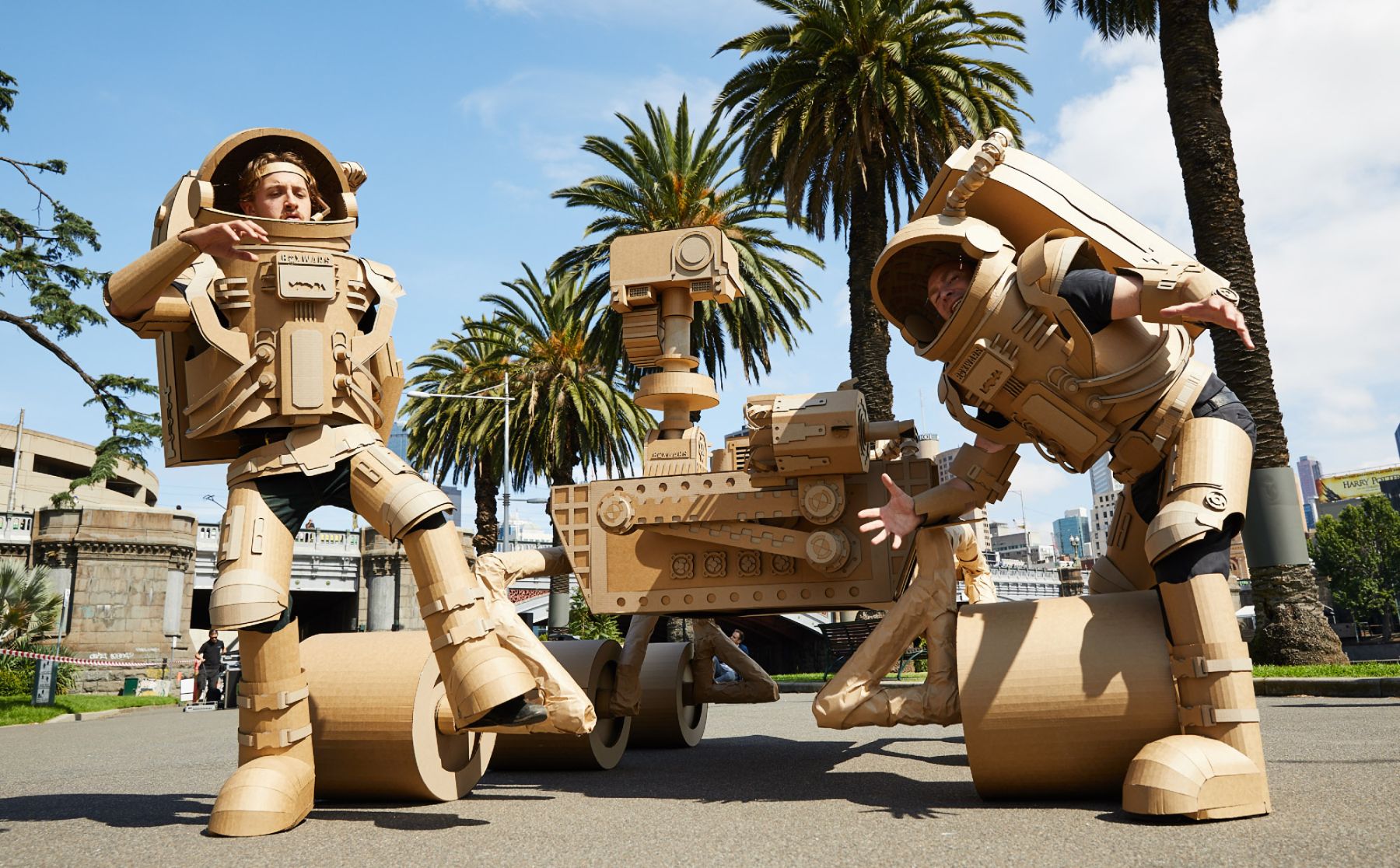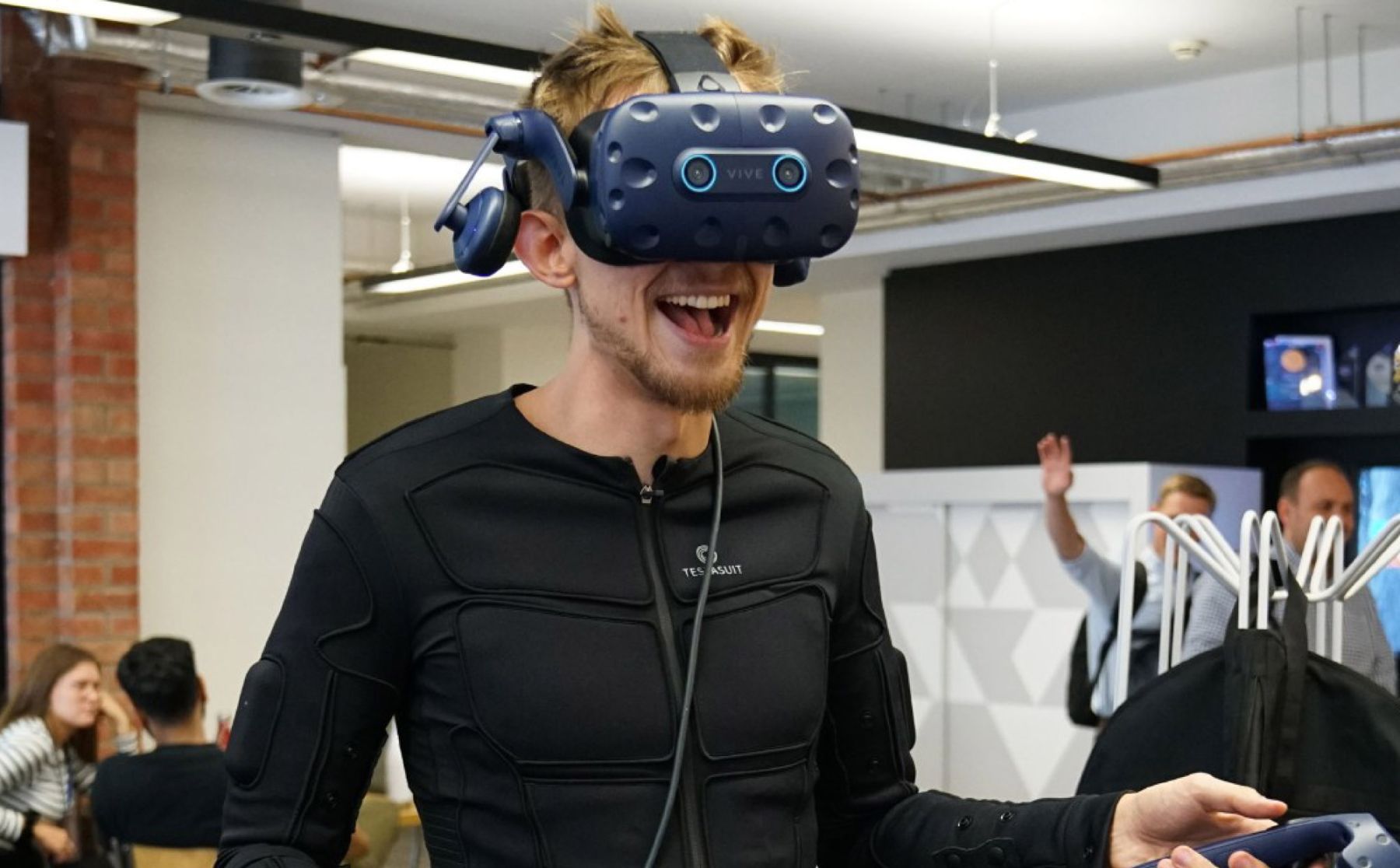Our Isolation within the Pandemic Walls and the Empty Spaces within Museums
Museums have often been a place of refuge; from the warm embrace of culture, where heritage awaits and promises to deliver originality and attachment to their roots. Museums were, and will remain, faithful guardians to societies’ awareness and a key contributor to their development and advancement. Today, museums all around the world find themselves facing major challenges imposed by the pandemic which cast its shadow over all aspects of human life, notably in a cultural sense. We find ourselves facing crucial questions such as whether museums will continue to play their cultural and societal roles amidst a pandemic that forced people into isolation?
Museums have a responsibility beyond ordinary institutions that had to close their doors during the lockdown. While actual doors may be closed, the pandemic gave a new way to reopen—thanks to modern technology that supports social distancing—brought culture back to its pioneers. Websites, social media pages, and phone apps have all succeeded in providing new exploratory means for museums via 360 virtual tours; showcasing artwork as photos, video, and audio; in addition to simulation games, quizzes, writing contests, and various other digital activities. The pandemic brought on more pros than cons, as one of its most important impacts on museums, was expanding their popularity and audience. This transformed museums from being a physical showground that is limited in time and space to a virtual domain in the world of unlimited modern communications. Now, anyone with an interest in any discipline of art can tour the galleries of an exhibition or museum thousands of miles away, examine their paintings, and dissect details that a physical visitor may not have the opportunity to even notice.
If museums were impregnable fortresses for culture, then artists would the bearers of their flags. There is no doubt the pandemic directly affects museums as they are at the forefront of facing its challenges and repercussions. Nevertheless, artists have made use of technological advancements, making it possible to attend art classes that are presented by museums, lectured by artists, and attended by people from entirely different countries and continents.
Attending lectures, participating in workshops, or getting inspiration from art seminars and social gatherings needs nothing but an internet connection and a computer or smartphone. Interacting directly with artists is a privilege that stems from the essence of artistic bestowal, as this pandemic has contributed to pushing that privilege to become global and boundless. It even annihilated psychological barriers between artists and their audiences, which museums have now brought together through workshops and live video chats.
It seems that the pandemic and the isolation that followed have come to permanently take the museum away from the cloak of the official elite establishment, and mend the gaps that long separated their cultural role on one hand and the general public who wasn’t interested in culture on the other. We have a history with digital educational and cultural initiatives that museums presented in ways that didn’t lack excitement and entertainment, including quizzes and emulation games, culture and heritage writing contests, and cooking activities related to the history of any area or any of the other shows. Museums propose these initiatives to their audiences who are in quarantine and balance between the seriousness of the topic and the novelty of presentation.
Inevitably, the global epidemic had negative repercussions on many aspects of our lives, and there were concerns came from it, which related to its social, economic, and cultural aspects. But we can say without exaggeration: museums have withstood the storm, and it came out of it with a renewed face, and with ever-extending arms to an ever-extending audience of which culture and arts have been trickling along the crevasses of its curiosity each new day.



